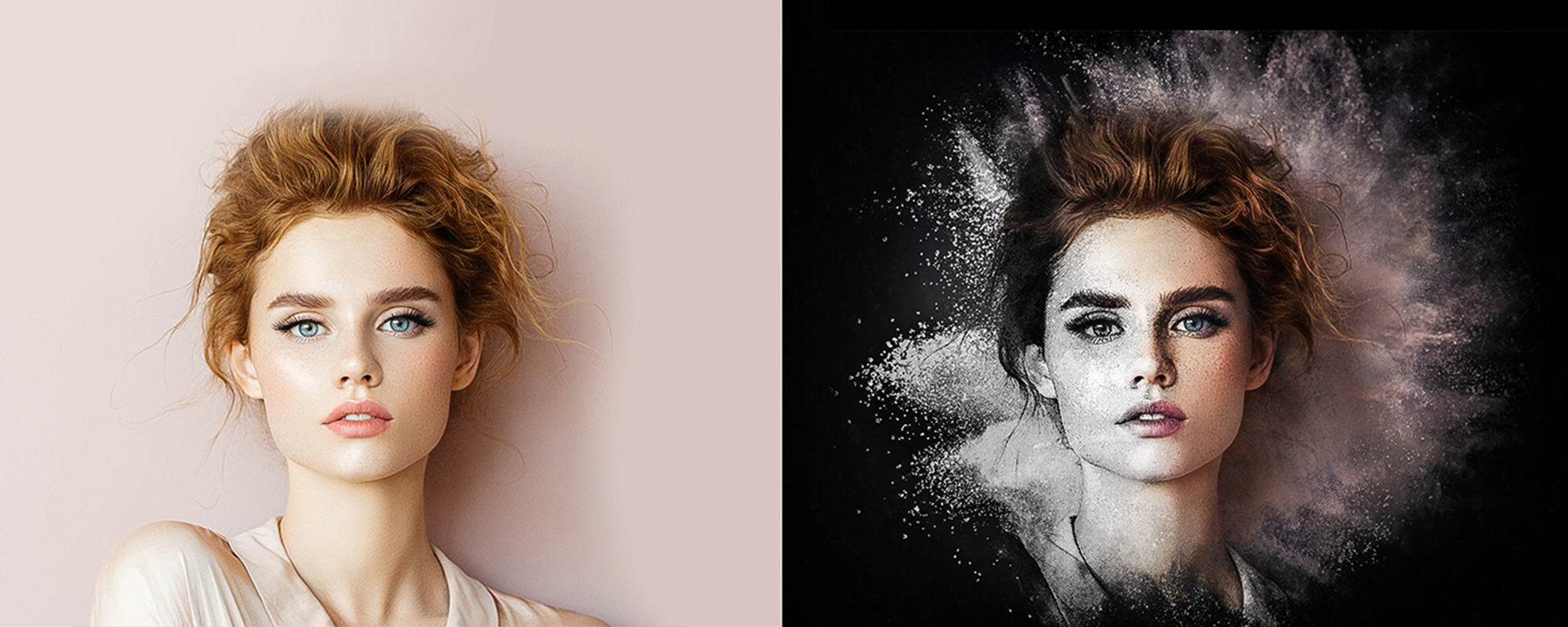AI vs. Manual Retouching: Which One Is Better?
Photo retouching has become an essential part of modern photography, playing a crucial role in industries such as e-commerce, fashion, advertising, and real estate. With the rapid rise of artificial intelligence (AI) in image editing, many photographers, designers, and businesses are now faced with a significant question: Is AI retouching better than manual retouching?
While AI-powered tools have transformed the way images are edited, manual retouching remains a gold standard for professionals seeking perfection. Retouch Company, a leader in high-quality image enhancement, understands the importance of balancing AI automation with human expertise. In this blog, we will explore both AI and manual retouching, compare their strengths and weaknesses, and determine which method is best suited for different types of projects.
1. Understanding AI Retouching
What is AI Photo Retouching?
AI photo retouching uses machine learning algorithms to analyze and enhance images automatically. These tools can detect faces, adjust lighting, remove blemishes, and even alter backgrounds with minimal human intervention. Some of the most popular AI-powered retouching tools include Adobe Photoshop AI, Retouch4me, Luminar Neo, and Topaz Labs.
Benefits of AI Retouching
- Speed and Efficiency
AI retouching is incredibly fast, making it ideal for bulk editing. Businesses handling thousands of product images can process them in minutes instead of hours. - Consistency in Edits
AI ensures uniform edits across multiple images, which is crucial for maintaining brand consistency in e-commerce and marketing campaigns. - Cost-Effective for Bulk Editing
Since AI requires little to no manual effort, it significantly reduces editing costs for businesses that need quick, high-volume edits.
Limitations of AI Retouching
- Lack of Artistic Touch and Creativity
AI follows predefined algorithms and lacks the ability to make creative, stylistic choices. - Struggles with Complex Edits
AI tools may fail when dealing with intricate details, such as hair refinement, subtle skin texture corrections, and high-end beauty retouching. - Over-Processing Issues
Some AI tools may apply excessive smoothing or unrealistic effects, making images look artificial and unnatural.
2. Understanding Manual Retouching
What is Manual Photo Retouching?
Manual retouching is done by professional photo editors who use tools like Adobe Photoshop, Lightroom, and Capture One to make precise adjustments. This method involves hand-editing details such as skin imperfections, lighting corrections, and background enhancements.
Benefits of Manual Retouching
- Attention to Detail and Artistic Control
Professional retouchers have full control over every pixel, ensuring a polished and refined look. - Customization for High-End Retouching
High-fashion, beauty, and editorial photography require precise adjustments that AI cannot replicate. - Superior Handling of Skin Texture and Lighting
Manual retouching preserves the natural look of skin, preventing the plastic-like effect often caused by AI smoothing.
Limitations of Manual Retouching
- Time-Consuming Process
Manual editing can take hours or even days for a single image, making it impractical for bulk editing. - Requires Skilled Professionals
Professional retouching demands expertise and years of experience, making it a costly option. - Higher Cost for Businesses
Hiring skilled retouchers can be expensive, especially for brands requiring frequent edits.
3. AI vs. Manual Retouching: Head-to-Head Comparison
| Feature | AI Retouching | Manual Retouching |
| Speed & Efficiency | ✅ Faster | ❌ Slower |
| Quality & Precision | ❌ May lack accuracy | ✅ High precision |
| Creativity & Customization | ❌ Limited | ✅ Full creative control |
| Cost | ✅ More affordable | ❌ Higher cost |
| Ideal Use Cases | Bulk editing, social media, e-commerce | High-end fashion, professional portraits, advertising |
4. When to Choose AI Retouching vs. Manual Retouching
Best Scenarios for AI Retouching
- Editing Thousands of Product Photos Quickly
AI is perfect for e-commerce businesses that need rapid turnaround times for product listings. - Social Media Influencers Looking for Quick Touch-Ups
AI tools like Facetune and Remini allow influencers to enhance their photos instantly. - Basic Color Correction and Auto-Enhancements
AI excels at adjusting exposure, contrast, and color balance in just a few clicks.
Best Scenarios for Manual Retouching
- High-End Beauty, Fashion, and Editorial Photography
Luxury brands and magazine shoots demand flawless but natural-looking images, which only manual retouching can achieve. - Complex Object Removals and Detailed Skin Retouching
Removing stray hairs, refining facial features, and adjusting highlights require a manual touch. - Commercial Projects Requiring Perfection
Advertising campaigns and billboards need pixel-perfect images that AI cannot always deliver.
5. The Future of Retouching: AI + Human Touch
While AI has revolutionized photo editing, it is unlikely to replace manual retouching entirely. Instead, the future lies in combining AI with human expertise to maximize efficiency while preserving quality.
How Professionals Use AI and Manual Retouching Together
- AI-Assisted Workflow
Retouchers use AI to handle repetitive tasks like background removal and initial skin smoothing before refining details manually. - Hybrid Editing Approach
Some software integrates AI-powered suggestions while allowing manual adjustments, ensuring a balance between speed and artistic control. - AI for Client Proofing, Manual for Final Edits
AI-generated previews help clients visualize edits quickly before professionals make final refinements.
Will AI Replace Human Retouchers?
No, AI is a tool, not a replacement. While AI enhances efficiency, professional retouchers will always be needed for high-end projects requiring precision and creativity.
Conclusion
Both AI and manual retouching have their advantages and disadvantages, and the best approach depends on the type of project and desired quality.
- For quick, bulk edits, AI retouching is the best choice, saving time and costs for businesses.
- For detailed, high-end photography, manual retouching remains essential to achieving perfection.
- For maximum efficiency, combining AI automation with human creativity can yield the best results.
Ultimately, AI is a powerful assistant, but human expertise is irreplaceable when it comes to artistic and high-quality image editing.


Leave a Reply